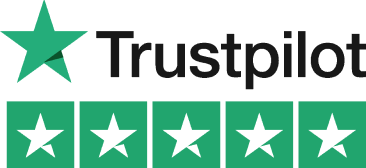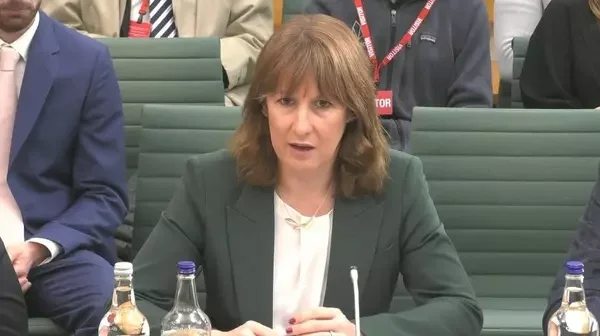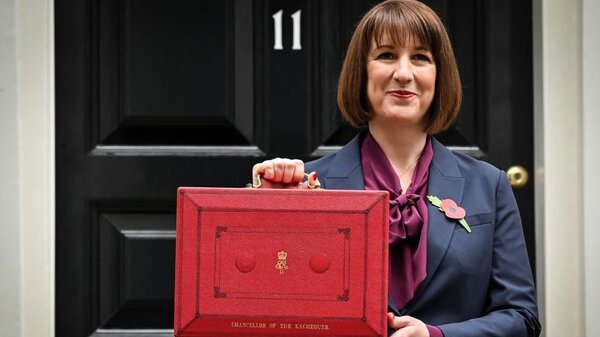Let’s Keep It Simple
National Insurance is a crucial part of the UK’s social security system, funding various state benefits such as the state pension, jobseeker’s allowance, and employment and support allowance. Both workers and employers contribute to this system through National Insurance contributions.
There are four main types of contributions: Class 1, Class 1A, Class 1B, and Class 2 and Class 4 for self-employed individuals. Understanding how National Insurance works is essential for both employers and employees to ensure compliance with relevant laws and regulations. By staying informed, you can better manage your contributions and take advantage of the benefits they fund.
What's changing with National Insurance contributions in 2025?
The way we pay National Insurance is set to change again in 2025. These adjustments will affect almost everyone who works in the UK, whether you’re employed or self-employed. Additionally, the Apprentice Upper Secondary Threshold will be introduced, affecting how employers calculate contributions for apprentices.
Let’s break down what you need to know in simple terms, so you can plan ahead and avoid any nasty surprises when the new tax year rolls around. The changes will also include adjustments to the upper secondary thresholds, which will impact contributions for various employment categories, including under 21s, apprentices, and veterans.

What exactly are the upper earnings limit and National Insurance thresholds 2025?
National Insurance thresholds are the earnings levels that determine when you start paying National Insurance and how much you pay. These figures are reviewed annually and adjusted to reflect economic conditions.
Employee's average weekly earnings are used as a benchmark for calculating National Insurance contributions, particularly in relation to the national living wage and employer contributions.
The Lower Earnings Limit (LEL) is £125 per week. While you don’t pay NI below this amount, earning above it helps you qualify for certain benefits like the State Pension.
For employers, the total annual pay bill is a crucial figure, especially for those subject to the Apprenticeship Levy, which is calculated as a percentage of the total annual pay bill.
The Upper Earnings Limit (UEL) is £967 per week or £50,270 annually. This is important because the rate you pay drops from 8% to 2% on earnings above this level.
For employers, the Secondary Threshold is £96 per week, which is when they start paying National Insurance for their staff. Different rules apply if you’re self-employed, with specific thresholds for Class 2 and Class 4 contributions
Income Tax Rates and Thresholds
Income tax rates and thresholds can vary depending on where you live in the UK, but for the 2025-2026 tax year, the standard personal allowance is £12,570. This means you can earn up to this amount tax-free. Beyond this, the income tax rates are 20% for basic rate taxpayers, 40% for higher rate taxpayers, and 45% for additional rate taxpayers.
The upper earnings limit for the 2025-2026 tax year is £125,140, which also serves as the upper secondary threshold. Understanding these thresholds is crucial as they determine how much of your income is taxable and at what rate, helping you plan your finances more effectively.

How will the 2025 NI changes affect your pay packet?
If you earn under £125 weekly, you won’t pay any National Insurance at all. This exemption helps protect those on lower incomes from additional tax burden.
Employers should also remember to claim Employment Allowance annually to reduce their National Insurance rates.
For earnings between £125 and £967 weekly, you’ll pay 12% of that slice of your income toward NI contributions. This represents the standard rate for most working people.
Any money you earn above £967 weekly will only be charged at 2%, which is a much lower rate for higher earners. This progressive structure aims to balance the tax burden across income levels.
What if you're self-employed? How do the 2025 thresholds affect you?
The Lower Profits Threshold is set at £12,570 annually. This threshold determines when you start paying National Insurance contributions.
Class 2 contributions will be £3.45 per week. You only pay these if your profits exceed the Lower Profits Threshold, which provides some relief for those with modest earnings.
For Class 4 contributions, the rate is 9% on profits between £12,570 and £50,270, and 2% on profits above £50,270. This tiered approach mirrors the employee structure but with rates reflecting the nature of self-employment.
If your self-employment income varies during the year, you are assessed annually when filing your Self Assessment tax return. Compared to the 2024/25 tax year, these thresholds represent a small increase consistent with inflation adjustments to ease the tax burden for the average self-employed person

Do employers need to do anything about the 2025 NI changes and employment allowance?
Yes, all employers need to update their payroll systems before April 2025 when these new thresholds take effect. Early preparation can prevent processing errors and employee confusion. Employers should also be aware of the tax-free personal allowance, which affects the amount of income that is taxable.
The Secondary Threshold, where employers start paying NI contributions for staff, will be £96 weekly in 2025. This is a key figure for payroll departments to implement correctly. Understanding various tax thresholds is essential for accurate payroll processing and financial planning.
Small businesses should mark their calendars for the key implementation dates to ensure a smooth transition to the new rates. Many payroll software providers will automatically update their systems, but it’s still your responsibility to check everything’s correct.
Employment Allowance: What Employers Need to Know
The Employment Allowance is a valuable tax relief that allows eligible employers to reduce their annual secondary Class 1 National Insurance liability. For the 2025-2026 tax year, the allowance is set at £10,500. This means that employers can reduce their National Insurance contributions by this amount, providing significant financial relief.
To claim the Employment Allowance, employers need to include it in their PAYE submission process. This allowance is particularly beneficial for small businesses, helping them manage their payroll costs more effectively.

Are there special NI provisions for certain groups in 2025?
Yes! If you're under 21, different National Insurance thresholds apply, potentially reducing the amount you and your employer pay. This policy aims to encourage youth employment.
Veterans entering civilian employment may benefit from specific NI relief schemes designed to help with the transition to civilian work. These provisions recognise the unique challenges faced by those leaving military service.
If you're working past state pension age, you won't pay employee National Insurance contributions at all – a nice bonus for continuing to work. I recently helped my mother understand this benefit when she decided to work part-time after reaching pension age.
How do the 2025 NI thresholds compare to previous years?
The 2025 thresholds show a 1.6% increase compared to the 2024 figures, which is slightly above/below the current inflation rate. This adjustment aims to maintain real-terms consistency in the tax system.
Looking back to 2023, we've seen a cumulative change of 0% in the Primary Threshold, which has significant implications for take-home pay. These year-on-year changes can substantially impact household budgets over time.
The gap between the Lower Earnings Limit and the Primary Threshold has been growing/shrinking over recent years, affecting those on lower incomes. This trend reflects broader policy decisions about how the tax burden should be distributed.

Final Words: Get Ahead of the 2025 NI Changes
The 2025 National Insurance changes are coming, and a little preparation now can make a big difference. Use an online calculator to understand how the new thresholds impact your take-home pay, and double-check your payslips come April to ensure everything’s accurate.
For hassle-free planning and real-time insights, Pie tax is your go-to solution. With built-in bookkeeping, simplified tax returns, and expert guidance, Pie helps you stay ahead of changes and in control of your finances.
Start now future you will thank you.











